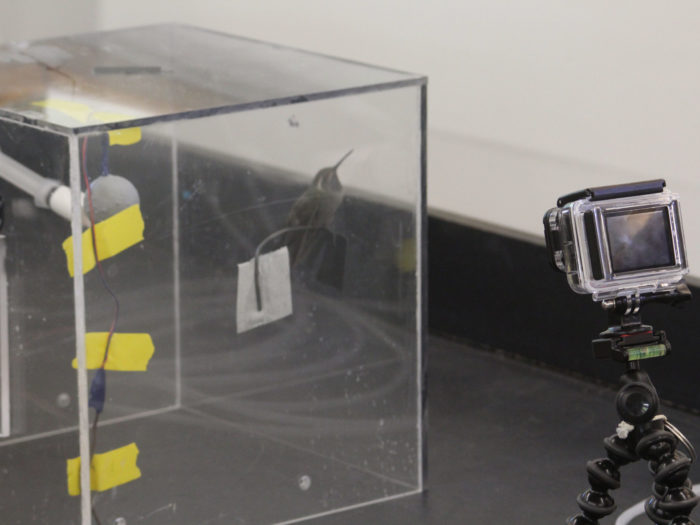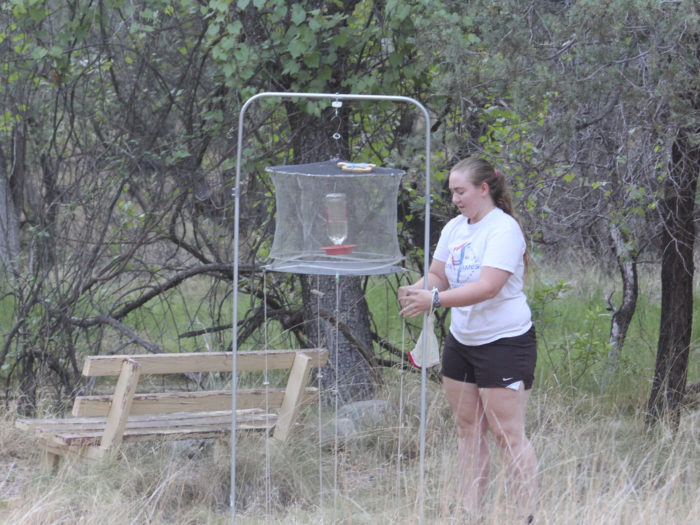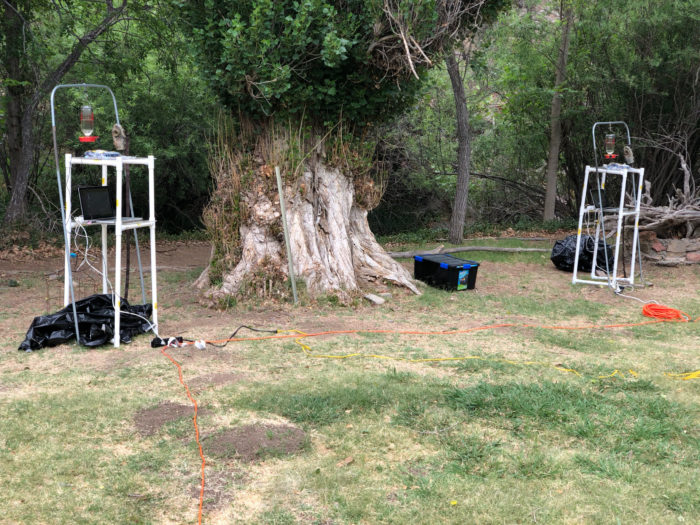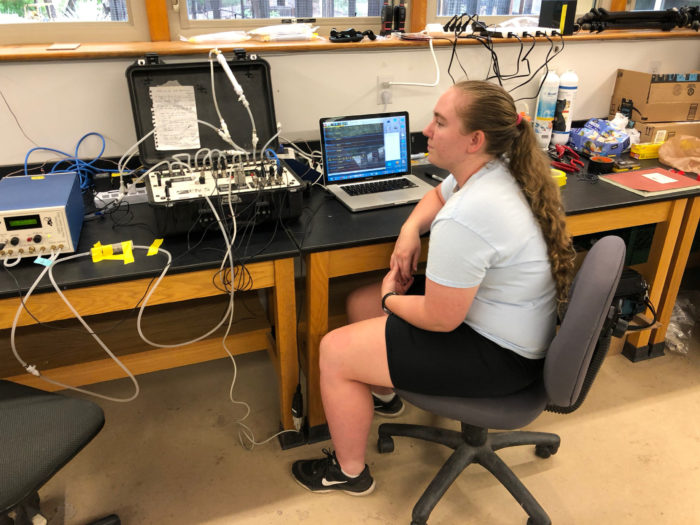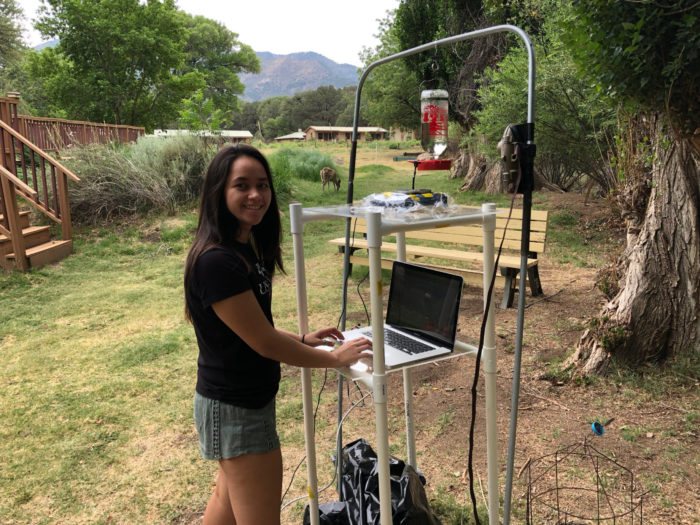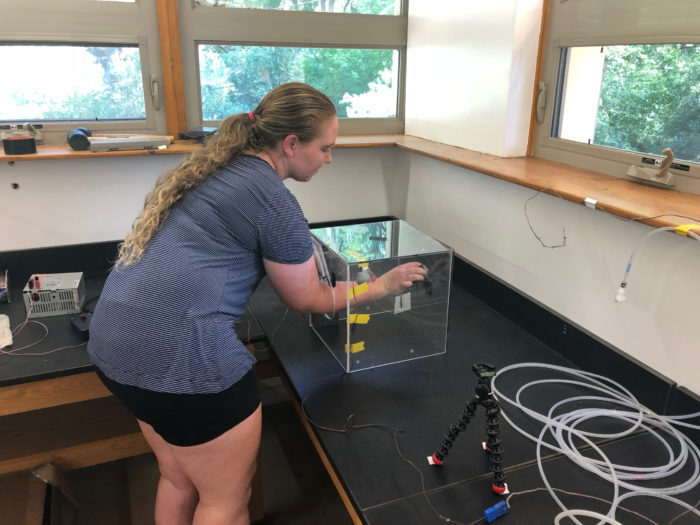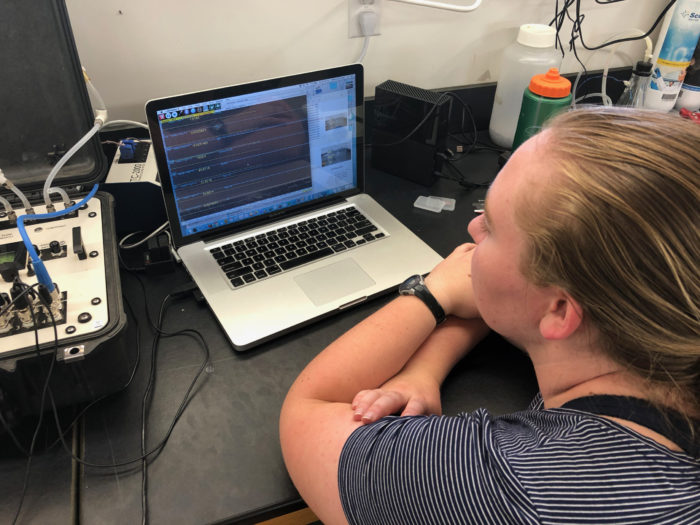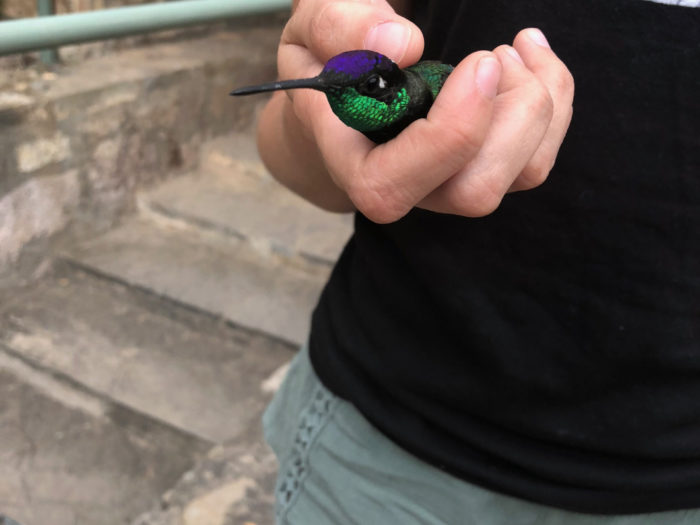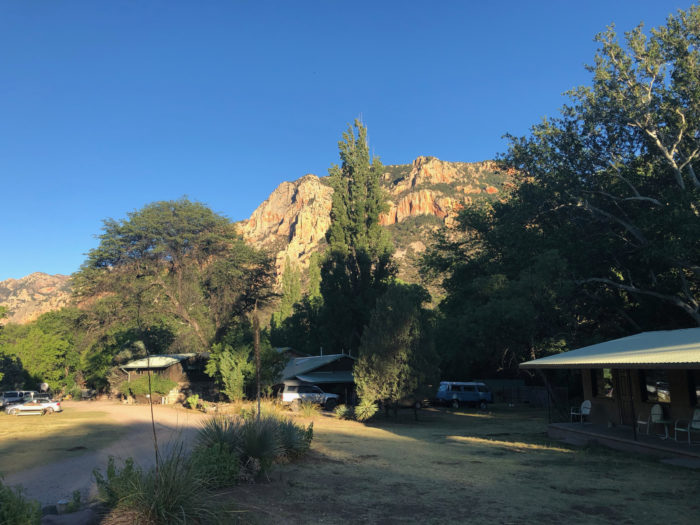The Powers lab collected data on hummingbirds for nearly a month at the Southwestern Research Station (SWRS) from the latter part of May to late June. Collectively we gathered data on nighttime body temperature management, daytime body mass management, and evaporative heat dissipation during hovering. Collaborator Anusha Shankar (Stony Brook University) and Sarah arrived two weeks before the rest of us to finish up measurements showing use of shallow torpor by hummingbirds. Once Don and Natalie arrived measurements of daytime body mass management and evaporative heat dissipation began. While the evaporation measurements were less successful than we hoped, we still ended our time at SWRS with tons of good data.
 Nature
Nature Science
Science AJP – Regulatory, Integrative and Comparative Physiology
AJP – Regulatory, Integrative and Comparative Physiology- Hypertension restricts leg blood flow and aggravates neuromuscular fatigue during human locomotion in males October 18, 2024
- Consideration of absolute intensity when examining sex differences in blood pressure responses during static exercise October 18, 2024
- Profiling growth performance, insulin-like growth factors (IGFs), and IGF-binding proteins (IGFBPs) in rainbow trout lacking IGFBP-2b October 14, 2024
Powers Lab Links


